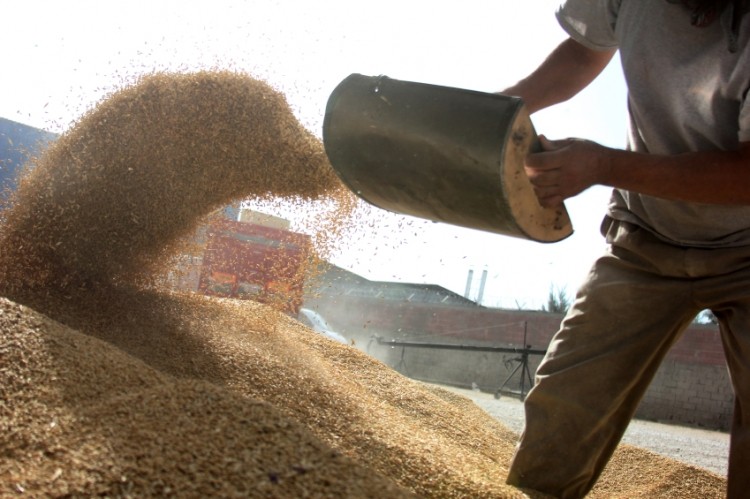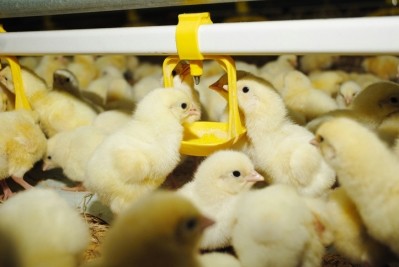US: Feed barometers gauge regional feedstuffs value for cattle producers

That’s a question that BioZyme is attempting to help US cattle producers answer through a series of online reports.
These feed barometers seek to give farmer a general idea of their regional feed ingredient and forage prices and how those costs translate into value for beef cattle based on their cost per unit of energy, protein and fiber, said Lisa Norton, vice-president of BioZyme.
"We hope producers can use this information to keep them from overpaying for feedstuffs based on their cost versus nutritional value.”
The Missouri-based company manufactures vitamin, mineral, trace mineral and protein supplements for multiple production animals including cattle, swine and poultry. It supplies an international market.
What's in the reports?
The barometers cover several forage and fiber sources including cotton seed hulls, alfalfa hay and silage, corn silage and stover, grass hay, sorghum silage, soybean hulls and wheat silage.
They also gauge energy feeds such as bakery byproduct meal, brewers grains, corn and corn grain, wheat midds, hominy and molasses and reference protein feeds as well including cotton seed, corn gluten and wet corn gluten, sweet bran, distillers grains, canola meal, soybean meal and expeller soybean meal.
The barometers aim to give a general overview of feed markets and nutritional cost movement, along with a specific focus for areas including the north central, northwest, southeast, southern plains and southwest portions of the country, said the company.
The reports also include ingredient prices and generated prices for the nutritional value of the feed ingredient, said BioZyme. Both numbers are then used to provide a rating for a listed feed ingredient on a scale from “over-priced” to a “good buy.”
Nutritional value
Nutritional value determinations were generated using prices of multiple feed ingredients evaluated for crude protein, net energy for gain and effective fiber, the company said. However, additional costs like freight are not included in the pricing.
The reports were created through a partnership with Joanne Knapp using a software program designed by Normand St-Pierre, professor emeritus in the department of animal sciences, at Ohio State University, said Norton. About 10,000 visitors have made use of the data offered so far.
“The top priority of our company is to not only to provide a high-quality product, but to also help our customers succeed and be profitable,” she said of the free reports. “If our customers aren’t profitable, neither are we. The feed barometer is one of the many free services we offer.”
The reports have been expanded to cover the five regions, said Norton. But there are no plans at this time to add additional regional barometer covering other areas or to offer them in additional languages.
“However, we are always open to input on how we can make our services better,” she said. “We do try to make notes of any industry trends that may be relevant to include.”












